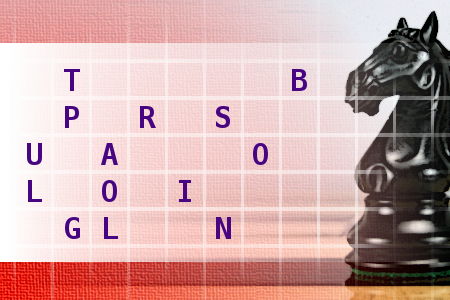Chess Knight Move
Find the country and its capital city, using the move of a chess knight. First letter is P. Length of words in solution: 8,6.Correct answers: 54
The first user who solved this task is Roxana zavari.
#brainteasers #wordpuzzles #chessknightmove

